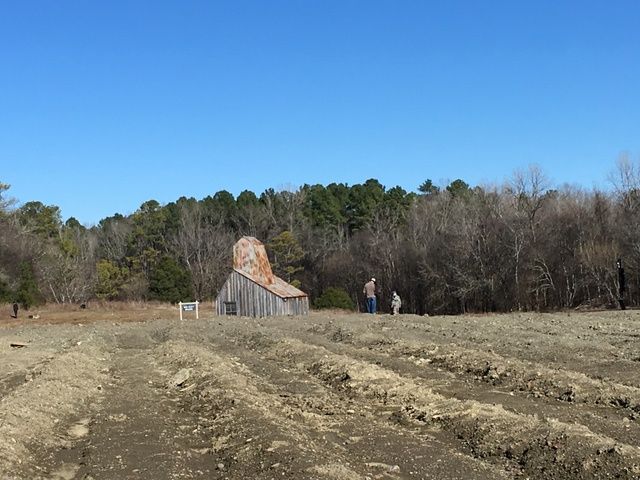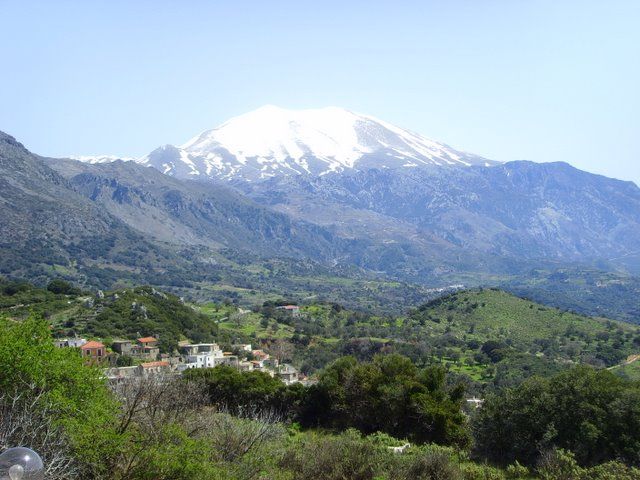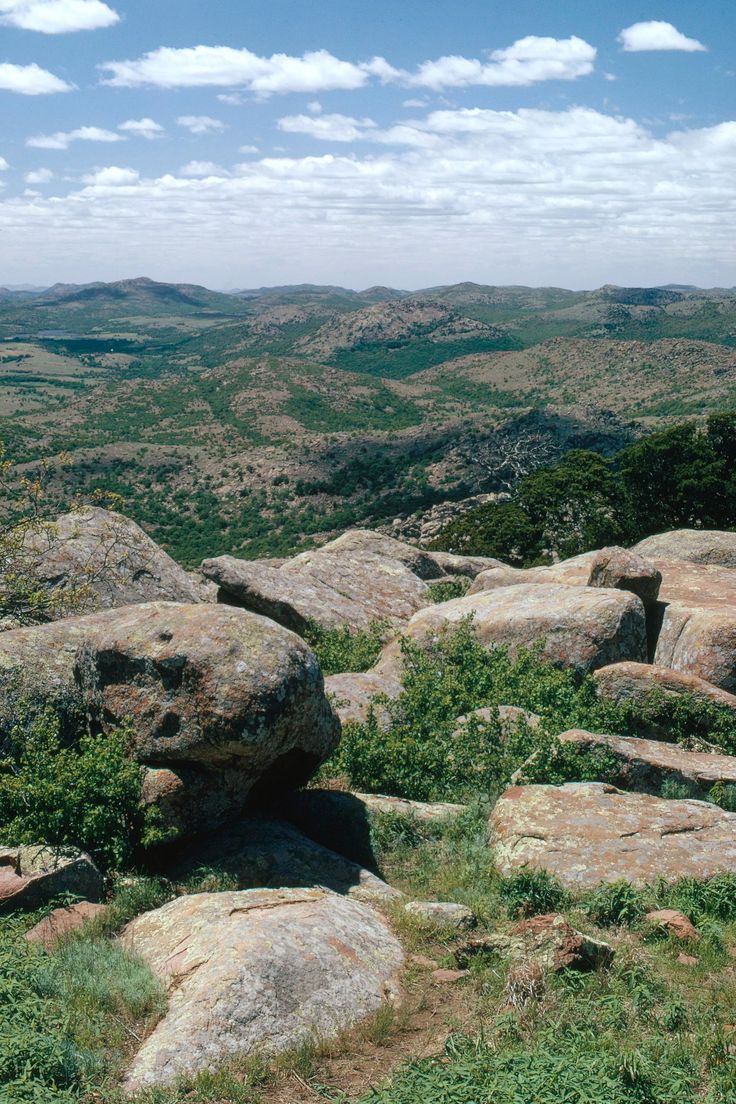About Hot Springs, Arkansas
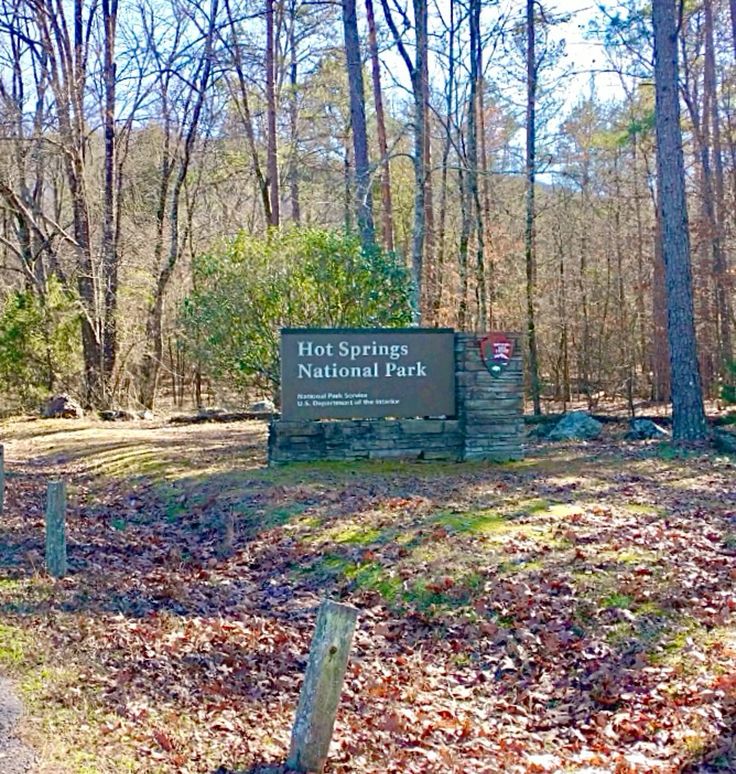
Hot Springs, located in the Ouachita Mountains of Arkansas and just 37 miles from Mount Ida, is famous for more than its thermal waters. While most people know the area for the rejuvenating baths of Hot Springs National Park, rockhounds recognize it as one of the best places to explore Arkansas's rich mineral diversity. From quartz crystals to rare phosphates like wavellite, the area offers both geological wonders and recreational opportunities.
Hot Springs owes its name to the naturally heated waters that emerge from deep within the Ouachita Mountains. The Ouachita Mountains are some of the oldest in North America, formed more than 250 million years ago. Their unique geology created conditions for rare mineral formation, including quartz, wavellite, pyrite, variscite, and fluorite.
Commercial mining in the region has been active for over a century. The Coleman Crystal Mine just outside Hot Springs is especially popular among rockhounds for its abundance of quartz crystals.
Today, visitors can still dig in public mines and explore nature's gems while learning about Arkansas's mineral heritage. Whether you're an experienced rock collector or a beginner rockhound, Hot Springs has plenty to offer.
What You Can Find in Hot Springs, Arkansas
There are rare minerals one can find in Hot Springs; they are:
- Quartz Crystals: Quartz is Arkansas's state mineral, and for good reason. The crystals from this region are remarkably clear and often grow in large clusters. Hot Springs, especially in the Coleman Crystal Mine, is a good place to find clear quartz crystals.
- Wavellite: This rare green phosphate mineral often forms as radial clusters or spherules. The Hot Springs area is one of the few regions in the U.S. where collectors can find wavellite in abundance. Its distinctive green color and unique formations make it highly desirable for display specimens and metaphysical collectors.
- Pyrite: Also known as fool's gold, pyrite is an iron sulfide mineral with a brassy, metallic luster. Found in quartz veins and rock ridges near Hot Springs, pyrite adds variety to your collection and is often sought after for its cubic crystal habits. Pyrite is roasted to release sulfuric acid, which then turns into sulfuric acid, used to produce industrial chemicals. Pyrite is also used as a gemstone because its metallic luster is a good addition to jewelry.
- Variscite: Often mistaken for turquoise, variscite is another phosphate mineral that occurs in shades of green. It's less common than wavellite, but still collectible in Hot Springs.
- Fluorite: Fluorite, also known as 'Flourspar,' can be found in Hot Springs. Flourite usually occurs in association with pegmatites and hydrothermal deposits. These cubic crystals can appear in shades of purple, green, or yellow. Flourite is mostly used in the steel and aluminium industries for its ability to remove impurities. It is also used in the production of hydrofluoric acid, used to manufacture a wide range of industrial products.
Other minerals you will likely find are uranium and columbium ore, especially if you get to the pegmatites west of Price near Lake Catherine yield rarer finds.
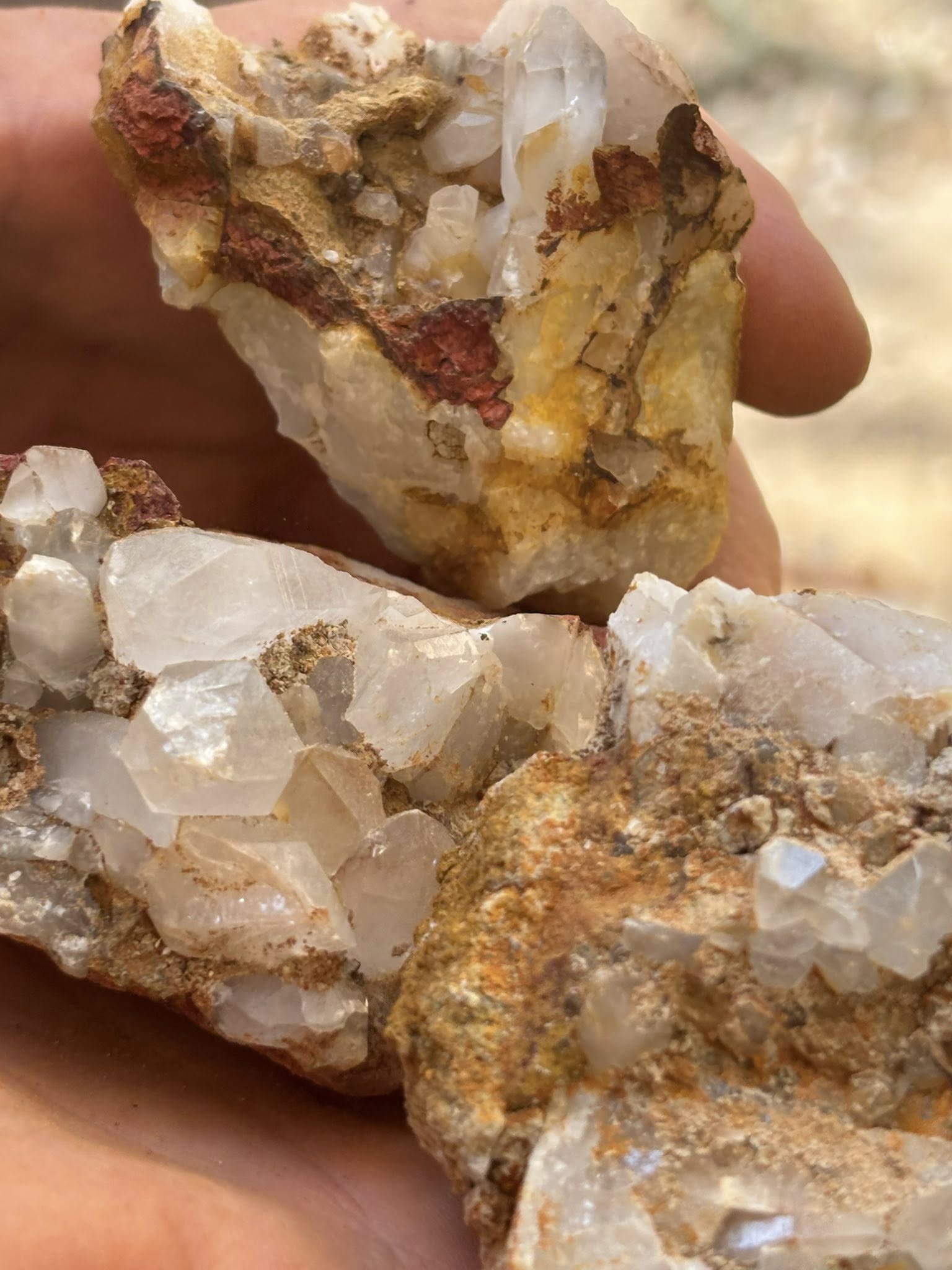
Quartz Crystals
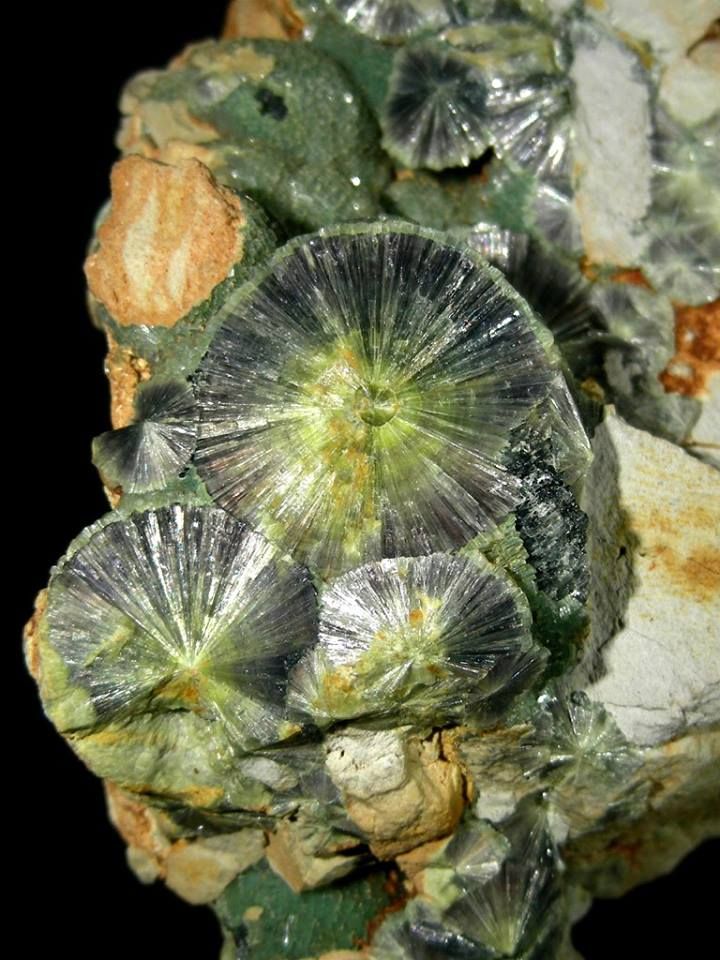
Wavellite

Pyrite
Rockhounding Locations in Hot Springs, Arkansas
If you go rockhounding in Hot Springs, there are plenty of exciting spots to explore, each offering its own unique mineral treasures.
- Coleman's Crystal Mine: This mine offers visitors the opportunity to dig for their own quartz crystals for a small fee. You are free to take home whatever quartz crystals you find. There is also a gift shop where you can browse and purchase specimens collected from the mine's operations.
- Hill to the east of the road: The hill you will see east of the road is a good place to find wavellite and variscite specimens. These minerals typically form in striking green clusters and are not hard to miss.
- South slope of West Mountain: On this side, you will find the metallic shine of Pyrite.
- Rock ridges outside Hot Springs National Park: On the rock ridges outside the Hot Springs National Park, there is an abundance of rock crystals and quartz crystals. These natural formations showcase the unique geology of the Ouachita Mountains and are relatively easy to spot once you know what you're looking for.
Also, you can explore the pegmatites about 2.5 miles west of Price, north of Lake Catherine, which are known sources of uranium ore and columbium ore. While these finds are less common and require more expertise, they highlight the geological diversity of the area. You can also explore the area south of Lake Catherine; you might discover deposits of fluorite.
Location of Hot Springs
Hot Springs is located in Garland County, Arkansas, about 55 miles southwest of Little Rock. It's easy to reach by car and is a popular destination for both tourists and rockhounds. If you are driving, locate Little Rock, and take the US-70 West, which is a one-hour drive that leads directly into Hot Springs.
Some regional bus lines also serve Hot Springs, but driving is the most convenient option, especially if you plan on visiting rockhounding sites outside the city. Once you're in town, the Hot Springs National Park and nearby rockhounding locations are easily accessible. Many mines, like Coleman's Crystal Mine, are just a short drive away and provide parking for visitors.
Recommended Gear and Tips
Recommended Gear
Rockhounding in Hot Springs is rewarding, but you'll need the right gear to make the most of your trip:
- Rock Picks: This is a good tool for breaking rocks and extracting quartz crystals and other minerals in the rocks.
- Gloves: Keep your hands protected your hands from sharp edges.
- Bucket or bag: A good bag or a portable bucket will help you carry your finds.
- Comfortable boots: Wear comfortable boots to help you navigate the rocky and uneven terrain.
- Snacks and water: Keep yourself hydrated and energized by bringing you water and snacks to keep you going.
Recommended Tips
- Know the land ownership: Some sites are public, but others are private. Always ask for permission or stick to fee-dig mines like Coleman's. You could visit the county office to update yourself on the ownership status of the lands before rockhounding on them.
- Check the weather: Rain can actually help expose crystals by washing away dirt, but be cautious on slippery slopes. Spring and fall are ideal, offering comfortable weather for long days outdoors.
- Bring a guidebook or map: They'll help you identify what you've found and locate more remote sites.
- Respect the land: Fill in your holes and leave no trash behind.
Final Thoughts
Hot Springs, Arkansas, is truly a rockhound's paradise. With quartz crystals, wavellite, pyrite, variscite, fluorite, and even rare uranium deposits, the area offers an unparalleled mix of minerals. Whether you're sifting through quartz at Coleman's Crystal Mine or exploring the slopes of West Mountain for pyrite, Hot Springs promises both adventure and a rewarding rockhounding experience.
Other Sites in Arkansas
While you are exploring the beautiful gemstones and mineral-filled lands of Hot Springs, there are other exciting locations in Arkansas where you can find rich minerals and crystals.
Guidebooks For Arkansas
Arkansas is well-known for its natural treasures, from the sparkling diamonds at Crater of Diamonds State Park to quartz crystals in Mount Ida, as well as agate rocks found across the state. If you want to explore more about Arkansas's unique rockhounding history and gemstones, these guidebooks are excellent resources to get you started.




